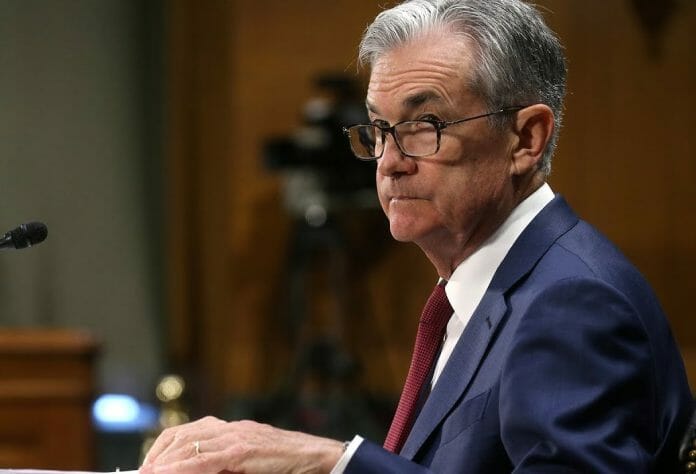Last week witnessed a fleeting surge for the US dollar index, teasingly breaching the 105-level momentarily. However, any hopes for a sustained rally were swiftly dampened as the greenback continued its downward trajectory, despite the encouraging Non-Farm Payroll (NFP) report, which showcased a commendable 303k job addition.
This reluctance to embrace the greenback prompts a pertinent question: What underlies this hesitancy to engage in USD buying? While it might be premature to declare a definitive turning point, several factors contribute to this scenario.
Undoubtedly, the recent Consumer Price Index (CPI) data release has cast a shadow of doubt. Following two consecutive positive surprises, apprehension looms over a potential downturn, which could reignite expectations of a rate cut as soon as June.
Yet, the reservations towards dollar acquisition transcend the realm of impending economic data. Market participants harbor scepticism, particularly towards the robustness of the NFP figures.
A significant dissonance exists between the household survey and the establishment survey regarding employment metrics. While the establishment survey tallies job creation, the household survey accounts for individuals employed, failing to capture those juggling multiple jobs.
The surge in part-time employment juxtaposed with a decline in full-time positions underscores this discrepancy.
Furthermore, indicators such as the ISM employment indices and the NFIB hiring index portray a less buoyant employment landscape, fuelling doubts about the sustained strength of the NFP data.
The deceleration in average hourly earnings growth corroborates the hypothesis that part-time employment is a predominant factor. However, despite these reservations, the surge in US yields post-NFP fails to incite a commensurate surge in USD demand.
Another factor contributing to the waning allure of the dollar could be the burgeoning signs of economic rejuvenation in Europe. Strong industrial production figures from Germany and optimistic sentiment indices indicate a favourable outlook for the Euro and Pound Sterling, thereby diminishing the appeal of the dollar.
The resurgence of European economies, rebounding from the tumult of energy price shocks, stands as a significant counterweight to USD appreciation.
In juxtaposition, the semi-annual report on monetary policy delivered by Bank of Japan (BoJ) Governor Ueda scarcely registers any notable impact on the Japanese Yen. Reiterating the enduring challenge of subpar inflation and hinting at a cautious approach to further monetary tightening, Governor Ueda’s remarks maintain a neutral stance. Although the possibility of FX intervention by the BoJ looms if yen movements jeopardize inflation, the overall tone suggests a measured approach.
In summary, while the USD grapples with tepid demand amidst lingering doubts over economic data and robust European growth, the JPY remains ensconced in a cautious monetary policy stance. The trajectory of both currencies’ hinges on the interplay of economic indicators and central bank actions, shaping the dynamics of the global forex market.
Market commentary and analysis from Luca Santos, currency analyst ACY Securities









